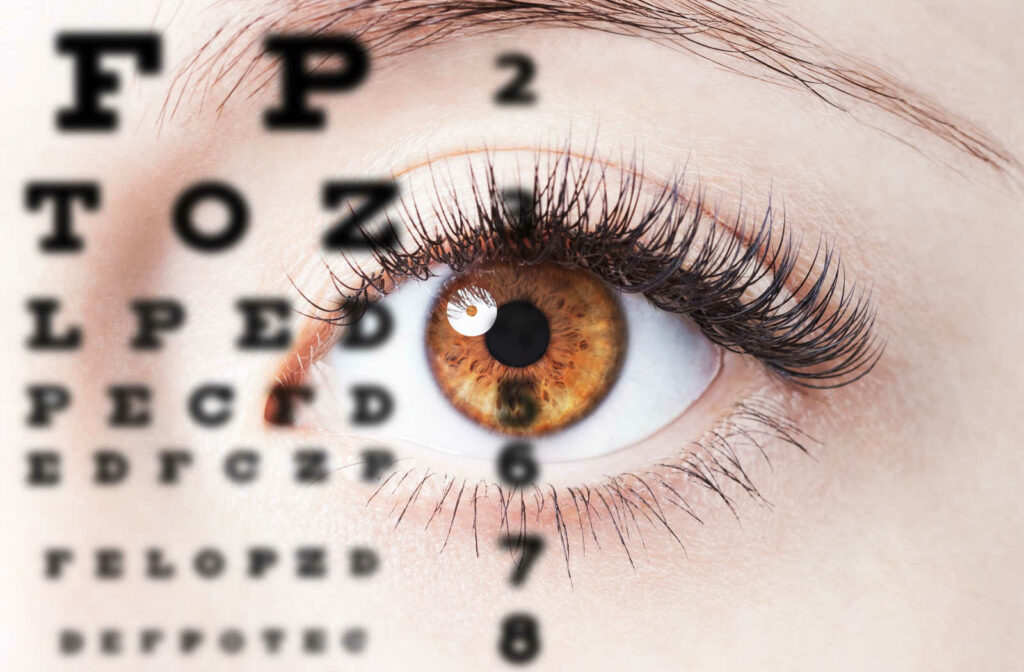Featured
Table of Contents

Normal eye evaluations are essential for preserving good vision and spotting prospective eye health issues early. Nonetheless, the frequency of these examinations can vary dramatically based upon a person's age, lifestyle, and overall health. Understanding the recommended routine for eye exams can aid guarantee that people of every ages receive ideal treatment and surveillance for their eye health.
Newborns and Toddlers (0-2 Years)
For young children and infants, eye exams are vital for finding any kind of possible vision troubles early. The American Academy of Ophthalmology suggests that a child's initial eye exam ought to occur at around 6 months old. Throughout this first go to, the eye treatment specialist will examine the child's aesthetic advancement and check for any evident eye issues.Following this first examination, it is advised that youngsters have one more eye test at age three. This go to will certainly concentrate on examining the child's overall visual feature, including eye alignment and the capability to track things. If no concerns are identified, the next exam needs to be set up prior to the kid starts school, commonly around age 5 or six.
School-Aged Children (6-18 Years)
When kids reach school-age child, regular eye tests need to be scheduled each to 2 years. Vision is vital for discovering and growth, and numerous colleges conduct vision testings. However, these screenings do not replace a detailed eye examination by an eye treatment professional.For children associated with activities or sporting activities requiring substantial visual focus, annual eye tests might be suggested. Furthermore, if a youngster shows signs of vision troubles-- such as difficulty reading, squinting, or regular headaches-- a see to the eye medical professional need to be set up asap.
Young Grownups (19-39 Years)
Young person generally have fewer vision changes than older age, but normal eye exams continue to be crucial. The basic recommendation is to arrange an eye test every 2 years throughout this period. Individuals with particular threat elements-- such as a household history of eye condition, diabetes mellitus, or those that put on get in touch with lenses-- must take into consideration yearly eye examinations.In addition, those that spend considerable time on electronic devices may experience digital eye stress. If signs and symptoms such as dry skin, tiredness, or blurred vision take place, it may be a good idea to see an eye care professional earlier.
Adults (40-64 Years)
Adults aged 40 to 64 should arrange eye exams every one to 2 years. Eye tests can additionally help spot various other common age-related conditions such as glaucoma, cataracts, and macular deterioration.If people in this age team have risk factors such as hypertension or diabetes, they may require even more constant evaluations to monitor their eye wellness very closely.
Elders (65 Years and Older)
For senior citizens, normal eye examinations become even a lot more vital. The American Optometric Organization recommends that people aged 65 and older have an eye exam at the very least as soon as a year.Conclusion.
Recognizing the suitable routine for eye tests based on age is essential for keeping ideal eye wellness throughout life. From infants to senior citizens, normal eye assessments play an important role in spotting problems early and ensuring that vision continues to be sharp. By sticking to these standards and speaking with an eye care professional, people can take positive actions towards protecting their vision and overall health. Whether it's a child's initial visit or a senior's yearly exam, prioritizing eye treatment is a financial investment in long-lasting wellness.Latest Posts
Experience Coastal Style at Deauville Inn
Published Apr 08, 25
1 min read
A Historical Coastline Location with Modern Thrills
Published Mar 30, 25
1 min read
Host Your Perfect Occasion: Place Rental Options for every single Event
Published Mar 19, 25
1 min read